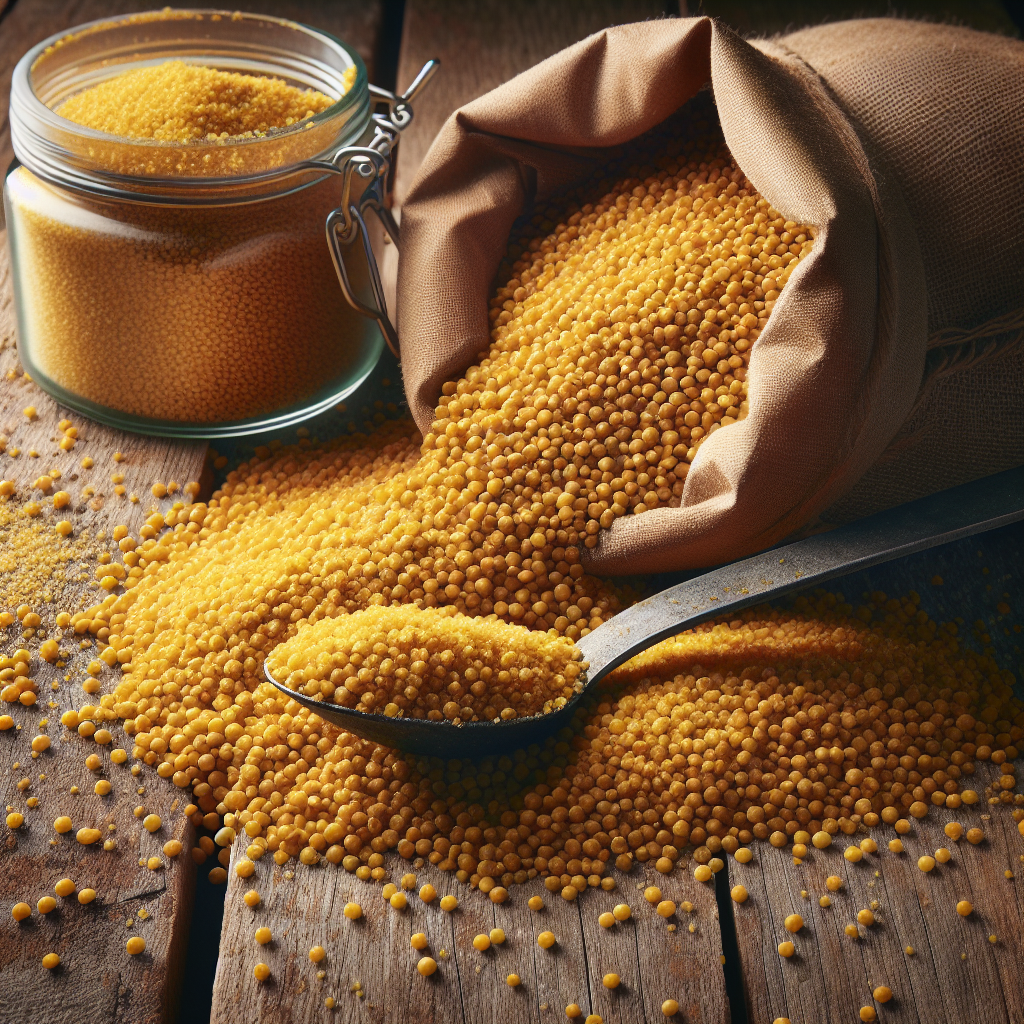I love old gardening sayings that have passed the test of time. One of my favorites is “prune until it hurts, and then prune some more.” The truism is meant to allay our fear of pruning, as though we’re going to kill something if we cut away too much.
Those wise words come in handy when pruning shrubs such as hydrangeas. ADVERTISEMENT For owners of these beautiful landscape shrubs, how to prune hydrangeas is a common question. It’s confusing if searching online, because we find complicated recommendations for hydrangea types that aren’t well adapted for Northern gardening.

Hydrangea pruning in northern climates is quite straightforward, because there are just two main categories of hydrangeas that are fully adapted and winter-hardy. Each type is pruned differently, but it’s easy to tell the two types apart. The first hydrangea category has large, round white or pink flowers, called the arborescent type, from its botanical name Hydrangea arborescens.
It’s frequently called the Annabelle type, because Annabelle, with its huge, white basketball-shaped flower clusters, was once the most commonly planted cultivar. Newer cultivars of the arborescent type include Incrediball, Invincibelle and the brand new FlowerFull. Arborescent-type hydrangeas are sometimes also referred to as smooth hydrangeas.
The second category of well-adapted hydrangeas are called panicle types, from the botanical name Hydrangea paniculata. Panicle hydrangeas are easily recognized by their pyramidal, cone-shaped flower clusters in shades of white, cream, green and strawberry red. Included in the panicle-type hydrangea group are cultivars such as Vanilla Strawberry, Limelight, Quickfire, Firelight and more.
Flower clusters vary in color and texture, but all are distinctly cone-shaped. Once we’ve determined which category of hydrangea we have, whether arborescent or panicle, we can begin pruning. The preferred season to prune hydrangeas is in April, before new growth emerges.
ADVERTISEMENT Let’s start with the arborescent types, with large, rounded flower clusters. This hydrangea type normally dies back to about 6 inches above ground level every winter. Pruning consists of drastically cutting back all branches to about that 6-inch level.
Arborescent hydrangeas burst forth after this hard cut-back, blooming generously on the vigorous new branches, termed “new wood.” Some arborescent hydrangea owners wait for the buds to swell in spring to determine if branches have survived higher, and prune back to that point. Next, let’s discuss panicle-type hydrangea pruning.
This type performs like what I call a “normal shrub,” with upper branches surviving through winter, instead of dying back like the arborescent types. When spring arrives, the upper branches of panicle hydrangeas leaf out like most other landscape shrubs, on the upper branch network. Pruning of panicle hydrangeas is also best performed in April, and consists simply of removing the dried cone-shaped flower clusters that frequently persist all winter.
Remove them just below the cluster or down to the next bud located along the stem. Some pruning to develop shape and manage size is usually needed also, but they don’t receive the drastic cutback that benefits arborescent hydrangeas. Pruning panicle-type hydrangeas does stimulate better flowering, because they bloom best on fresh new growth, called new wood.
Once panicle hydrangeas have established themselves for about three years, pruning back their height by about one-third coaxes fresh growth capable of stronger bloom. Many panicle hydrangeas are trained into miniature trees, having single trunks topped by a rounded canopy of branches. Prune them the same way as the shrub-form of panicle hydrangeas, removing old flower clusters and cutting back the height by a third or fourth to stimulate fresh growth.
ADVERTISEMENT.
Top

How to prune two different types of hydrangeas

"It’s confusing if searching online, because we find complicated recommendations for hydrangea types that aren’t well adapted for Northern gardening," Don Kinzler writes.











